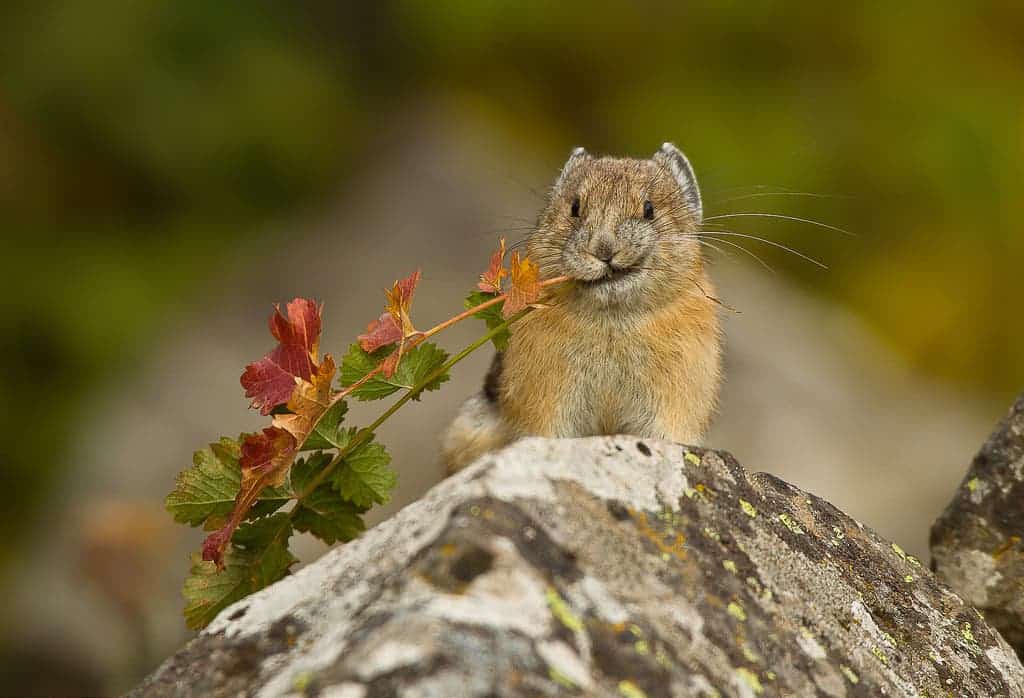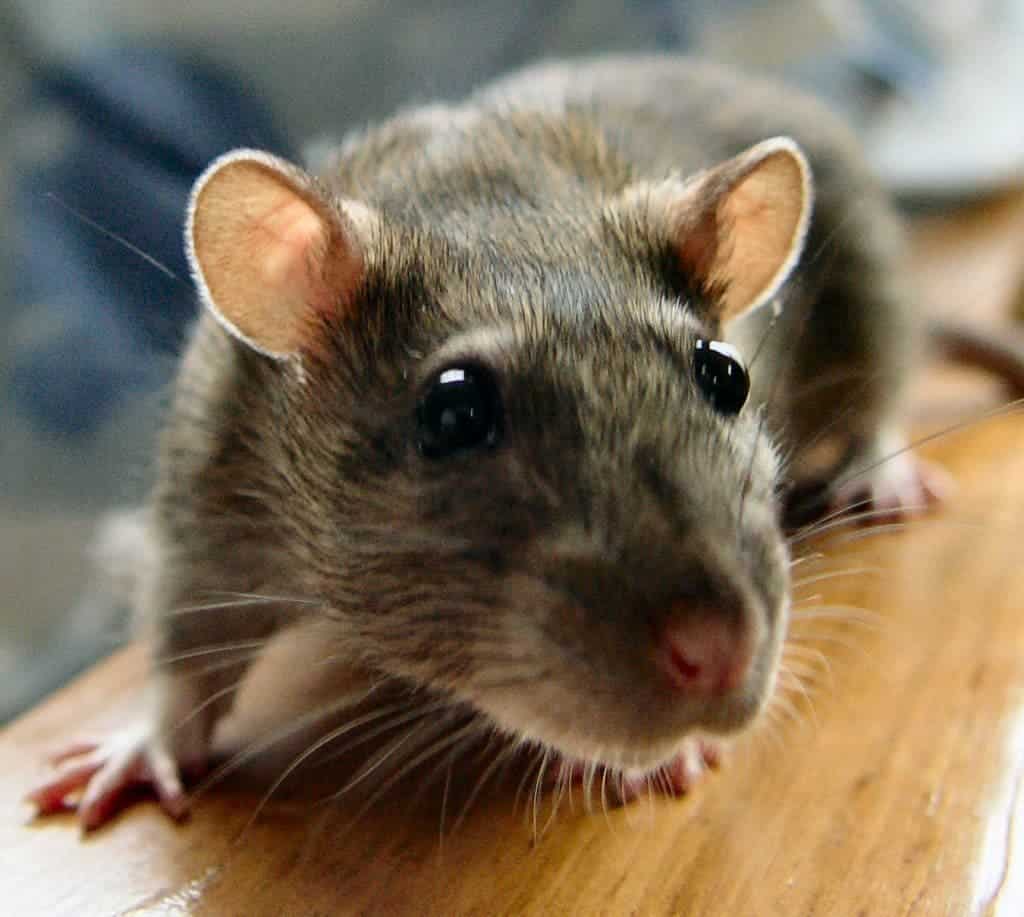After studying prairie dogs for 25 years, one researcher believes he figured out what prairie dogs are communicating about. He believes that the animals are not only very efficient communicators, but they also have an eye for details.

Gunnison’s prairie dog (Cynomys gunnisoni) is one of five species of the prairie dog. Their name is a bit misleading, since the animals are actually part of the squirrel family of rodents. Their communication system is one of the most complex in the natural world, involving vocalizations as well as several types of physical cues, such as cuddling and kissing. Con Slobodchikoff, a Northern Arizona University biology professor, has been researching the behavior of prairie dogs for 20 years. He’s probably the world’s leading experts on prairie dogs and he states that they “have one of the most advanced forms of natural language known to science.”
What Slobodchikoff found is that prairie dogs give out short chirps and these chirps actually identify each individual species they spot. They’ve basically developed a different alarm by which they call not only who is coming, but how they look like.
They also have a specific call for humans, which they characterize based on size, shape, and clothing color.
“For example, a human alarm call not only contains information about the intruder being a human, but also contains information about the size, shape (thin or fat), and color of clothes the human is wearing,” says Dr. Slobodchikoff.
“When we do an experiment where the same person walks out into a prairie dog colony wearing different colored t-shirts at different times, the prairie dogs will have alarm calls that contain the same description of the person’s size and shape, but will vary in their description of the color.”
There is still much to learn about animal communication, but what Slobodchikoff is doing is truly pioneering and groundbreaking. It makes me wonder if prairie dogs are unique in the way they communicate or rather if other animals are doing it as well, but we just haven’t figured it out yet.






